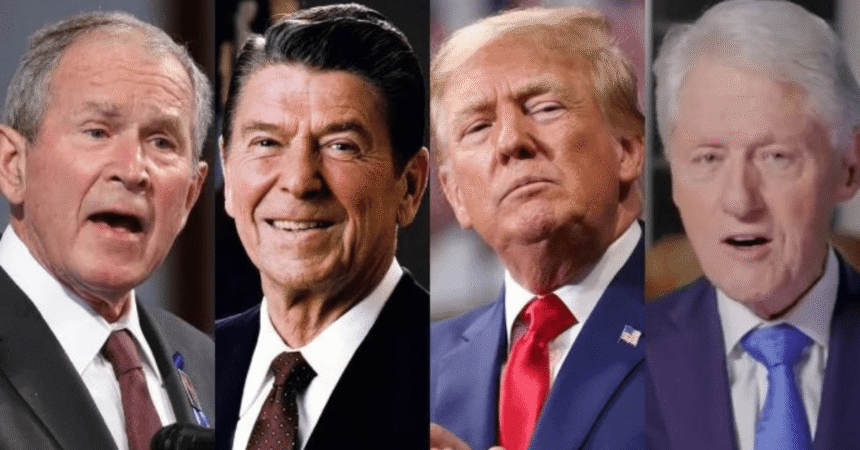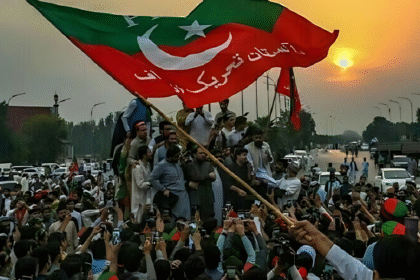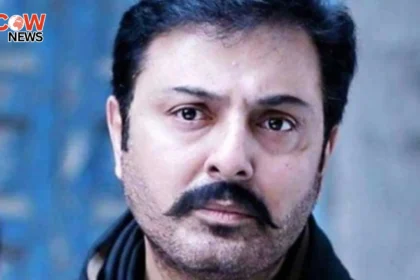The history of assassination attempts against U.S. presidents and candidates is a grim chapter in the nation’s political narrative. Since the founding of the United States, there have been several instances where political leaders have faced lethal threats, resulting in tragic outcomes for some. Recently, former President Donald Trump survived two assassination attempts during his campaign rallies, highlighting the ongoing risks faced by public figures in the political arena.
Assassinated Presidents
1. Abraham Lincoln (1865)
Abraham Lincoln, the 16th president, was assassinated by John Wilkes Booth, a Confederate sympathizer, while attending a play at Ford’s Theatre in Washington, D.C. Booth shot Lincoln in the back of the head, and the president died the following morning. Lincoln’s assassination was motivated by political beliefs, as Booth sought to avenge the South’s defeat in the Civil War. This tragic event not only marked the first assassination of a U.S. president but also plunged the nation into deep mourning.
2. James Garfield (1881)
James Garfield was shot by Charles Guiteau at a train station in Washington, D.C., just six months into his presidency. Guiteau, who believed he was owed a political appointment, fired two shots, one of which struck Garfield in the back. The president survived for several weeks, battling infection and poor medical care, before succumbing to his wounds in September 1881. Garfield’s assassination highlighted the dangers of political patronage and the desperate lengths to which individuals might go to secure political power.
3. William McKinley (1901)
William McKinley was assassinated by anarchist Leon Czolgosz during a public event in Buffalo, New York. Czolgosz approached McKinley under the guise of greeting him and shot him twice in the abdomen. Although McKinley initially appeared to recover, he later developed gangrene and died eight days after the attack. His assassination underscored the tensions and fears surrounding anarchism and political violence in the early 20th century.
4. John F. Kennedy (1963)
The assassination of John F. Kennedy is one of the most well-known in American history. On November 22, 1963, Kennedy was shot while riding in a motorcade in Dallas, Texas. Lee Harvey Oswald was arrested and charged with the murder, though many conspiracy theories surrounding the event continue to circulate. Kennedy’s assassination had profound effects on American society and politics, leading to widespread grief and conspiracy theories that persist to this day.
Assassination Attempts on Presidential Candidates
1. Theodore Roosevelt (1912)
During his campaign for a third term as president, Theodore Roosevelt was shot in the chest by John Schrank in Milwaukee, Wisconsin. Remarkably, Roosevelt continued to deliver a speech with the bullet still lodged in his body, asserting that he was “fit as a bull moose.” This incident exemplified Roosevelt’s determination and resilience, but it also highlighted the violence that can accompany political ambition.
2. Robert F. Kennedy (1968)
Robert F. Kennedy, a leading Democratic candidate for president, was assassinated shortly after delivering a victory speech in Los Angeles following the California primary. Sirhan Sirhan, a 24-year-old Palestinian, shot Kennedy, believing he was a traitor to the Palestinian cause. Kennedy’s assassination shocked the nation and deepened the sense of political violence and instability in the 1960s.
3. George Wallace (1972)
George Wallace, a former governor of Alabama and presidential candidate, was shot by Arthur Bremer during a campaign stop in Laurel, Maryland. The attack left Wallace paralyzed from the waist down and effectively ended his political career. Wallace’s shooting raised concerns about the security of political candidates and the potential for violence in the electoral process.
Notable Assassination Attempts on Presidents
1. Gerald Ford (1975)
Gerald Ford faced two assassination attempts in the span of just 17 days. The first was by Lynette “Squeaky” Fromme, a follower of Charles Manson, who attempted to shoot him in Sacramento, California. The second attempt came from John Hinckley Jr., who fired six shots at Ford in a separate incident in San Francisco. Both attempts were unsuccessful, but they highlighted the increasing risks faced by sitting presidents.
2. Ronald Reagan (1981)
Ronald Reagan was shot outside a hotel in Washington, D.C., by John Hinckley Jr., who aimed to impress actress Jodie Foster. Reagan was seriously injured but ultimately survived the attack, thanks in part to quick medical intervention. This incident raised concerns about presidential security and prompted significant changes in protective measures for public officials.
3. Bill Clinton (1994)
An assassination attempt against Bill Clinton occurred when a man named Francisco Martin Duran fired several rounds at the White House from a distance. Duran was apprehended, and the incident led to increased security measures around the president and the White House. This attempt underscored the persistent threats that political figures face, even during seemingly routine activities.
4. George W. Bush (2005)
George W. Bush was targeted in a grenade attack during a speech in Tbilisi, Georgia. The grenade failed to detonate, and Bush continued his speech unharmed. This incident demonstrated the global nature of threats against U.S. leaders, as political violence is not limited to the United States alone.
Recent Events and Their Implications
Donald Trump’s Assassination Attempts
Former President Donald Trump has now been added to the list of U.S. leaders who have survived assassination attempts. Recently, during a campaign rally in Butler County, Pennsylvania, Trump was injured when shots were fired. Reports indicate that he sustained a wound to his right ear but was otherwise safe. The event was alarming and raised questions about security protocols for political figures.
A second assassination attempt reportedly occurred while Trump was golfing in Palm Beach, Florida. These incidents reflect a broader trend of increasing violence and threats against political leaders in contemporary America.
Societal Impact
The continued occurrence of assassination attempts and political violence reflects deep societal divisions and heightened political tensions in the United States. Each assassination or attempt sends shockwaves through the political landscape, influencing public perception of safety, governance, and the electoral process.
The psychological impact on candidates, their families, and their supporters can be profound. The specter of violence looms over campaigns, affecting the way candidates conduct their public appearances and engage with constituents. As political rhetoric becomes increasingly polarized, the potential for violence remains a persistent concern.
Security Measures
In light of recent events, there has been a renewed focus on enhancing security measures for political figures. This includes increased funding for protective services, advanced screening processes for public events, and greater collaboration between law enforcement agencies and campaign teams. However, the balance between security and accessibility remains a challenging dilemma, as excessive security can alienate voters and disrupt democratic engagement.
Conclusion
The historical context of assassination attempts against U.S. presidents and candidates is both sobering and complex. From the tragic assassinations of Lincoln, Garfield, McKinley, and Kennedy to the attempted assassinations of Roosevelt, Kennedy, Wallace, and more recent leaders, the threats faced by those in positions of political power are a reminder of the fragility of democracy.
The recent attempts on Donald Trump further emphasize that this issue is not confined to the past but is a continuing challenge. As the political landscape evolves, addressing the root causes of political violence, enhancing security measures, and fostering a culture of respectful political discourse will be essential to safeguarding the integrity of the democratic process.
The history of political violence serves as both a cautionary tale and a call to action for future generations. Ensuring the safety of political leaders while preserving the values of democracy is a challenge that society must confront with urgency and determination.
#PoliticalViolence #USPresidents #AssassinationAttempts #History #Democracy #PoliticalSafety







